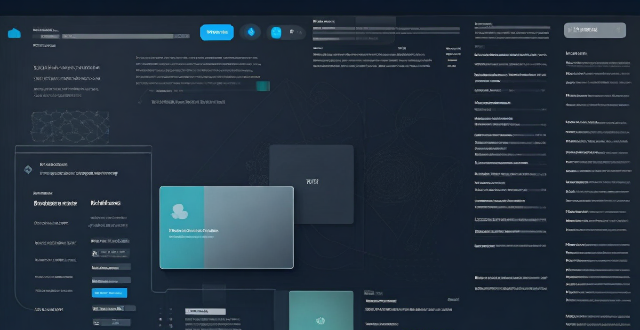Ransomware is malicious software that blocks access to computer systems or data until a ransom is paid. It spreads through phishing emails, exploit kits, and drive-by downloads. Once activated, it encrypts files and demands a ransom for the decryption key. Paying the ransom doesn't guarantee data recovery, and the malware may remain on the system. The impact includes data loss, downtime, reputational damage, and financial costs. Prevention involves regular backups, software updates, user education, security tools, and an incident response plan.

Ransomware: Definition and Mechanism
Ransomware is a type of malicious software designed to block access to a computer system or its data until a ransom is paid by the user. It is one of the most prevalent types of cyber threats, causing significant financial losses and disruptions to businesses and individuals worldwide.
How Ransomware Works
The operation of ransomware can be broken down into several key steps:
Infection
1. Phishing Emails: Often, ransomware is spread through deceptive emails that contain malicious attachments or links.
2. Exploit Kits: Cybercriminals use exploit kits to find vulnerabilities in unpatched systems and automatically install ransomware.
3. Drive-by Downloads: Visiting an infected website can trigger the automatic download and installation of ransomware without user action.
Infiltration
Once activated, the ransomware will infiltrate the system and begin to encrypt files using strong encryption algorithms. This process makes the files inaccessible to the user.
Demand for Ransom
After encryption, the attackers demand a ransom, typically in cryptocurrency, in exchange for the decryption key needed to restore access to the affected data.
Payment and Decryption
If the ransom is paid, attackers may provide the decryption key, though there's no guarantee they will follow through. Not paying can result in permanent data loss.
Proliferation
Even if the ransom is paid, the malware may still remain on the system, allowing for further infections or additional attacks.
Impact of Ransomware
The impact of ransomware can be severe:
- Data Loss: Encrypted files may become irretrievable if the decryption key is not obtained.
- Downtime: Business operations can be halted, leading to lost revenue and productivity.
- Reputational Damage: Breaches can harm a company’s reputation with customers and partners.
- Financial Costs: Besides the ransom, there are costs associated with recovery efforts, lost business, and strengthening defenses.
Prevention and Response
To protect against ransomware, organizations and individuals should:
- Regularly Back Up Data: Have backups that are segregated and updated frequently.
- Apply Software Updates: Keep all software, including operating systems and applications, up to date to patch vulnerabilities.
- Educate Users: Train employees to recognize phishing attempts and other social engineering tactics.
- Use Security Tools: Employ antivirus software, firewalls, and intrusion detection systems.
- Have an Incident Response Plan: Prepare a response strategy to mitigate damage and quickly recover from an attack.
In conclusion, ransomware is a sophisticated and evolving threat that requires constant vigilance and proactive security measures to defend against effectively.